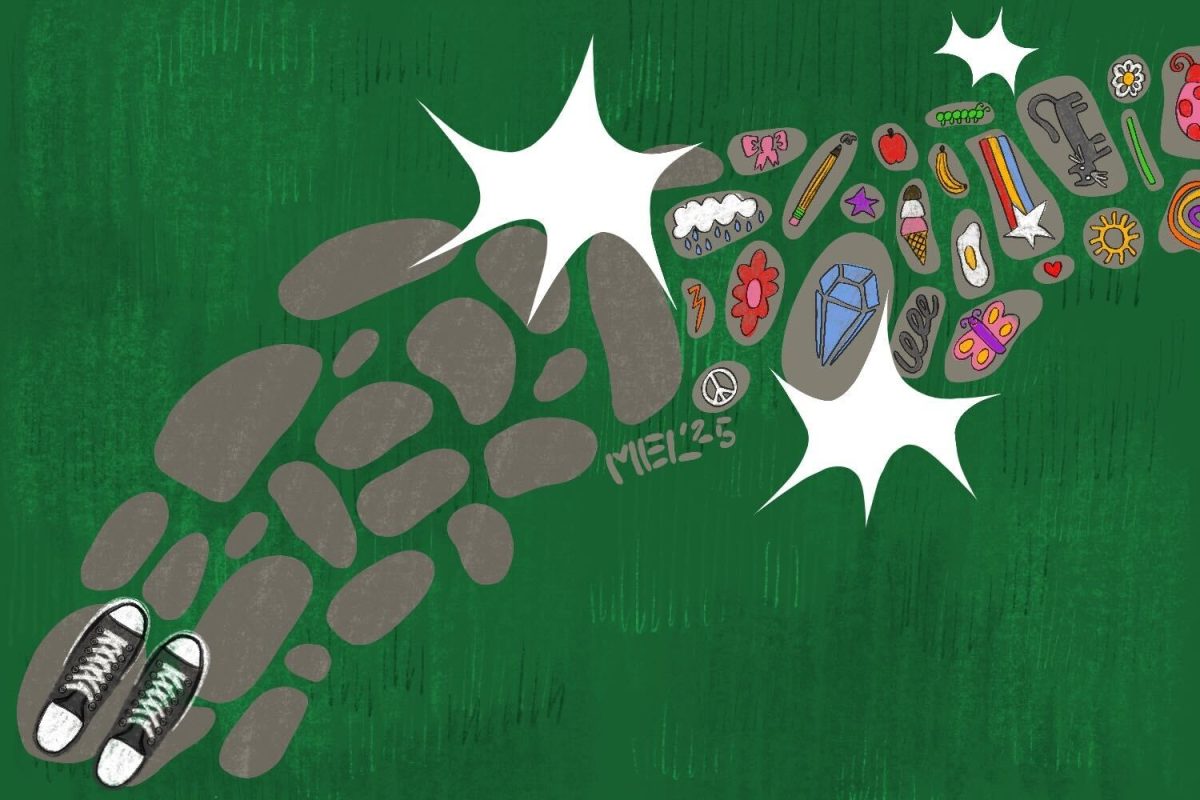I spent a large portion of my summer in the Apple Store trying to repair several of my devices that took hard hits during the school year. Last week, on one of my seemingly weekly visits, I saw a sign introducing the Apple Card.
The poster in the store boasted that the card “rethinks everything about the credit card” and “lives on your iPhone.” It was only a matter of time that, along with an ever-increasing number of everyday items, credit cards would be taken out of our hands and transformed into pixels and code.
This isn’t all bad. Digital credit cards keep all of your information in one place, are more secure (or so Apple claims) and allow for consumer questions to be answered immediately over text.
But there is nothing quite like cold, hard cash. In my experience, having American legal tender in your palm — especially money you worked hard to earn — is a feeling a digital deposit in a mobile banking app cannot not compare to.
These apps, whether we like it or not, are the future of banking and have begun running cash out of our hands and wallets. This raises an important question: will generations to come truly know the value of a dollar?
My answer is no. Humans have difficulty believing without seeing and the recent trend of monetary transmutation will have the same effect on future generations. These people won’t be able to appreciate the value of a dollar they can’t see or hold.
Digital money, often indicated merely by little green plus signs, up arrows or simply a number in a box, doesn’t have the same perceived importance as cash — i.e., it’s much easier to spend. Physical tender, even when put to good use, is more difficult to part with because you are losing something with a definite stored value.
This phenomena is already consuming my peers and the entirety of Generation Z, which includes all those born after 1997. Take my younger sister, for example, who was born in 2005. We were at the mall and she dropped $34 dollars on a basic shirt. When I asked her why, she replied, “I needed to buy something today.” Ouch.
“I feel like Venmo money is fake,” one friend told me after paying me back for dinner a couple months ago. Her sentiment didn’t surprise me, as I’ve often felt the same way. Venmo looks likes a Twitter feed, and transactions can be labeled with emojis, inside jokes or the app’s custom icons, making them feel frivolous and unimportant.
Mobile banking seems like a much more convenient and efficient system to have in place than an exchange of physical currency — that is, until the spending gets out of hand.
Not only is fiscal irresponsibility a problem at the individual level, but it has adverse effects on the economy as a whole. The credit industry can run dry, debt can climb, principles may never get paid and market bubbles could form.
Let’s do future generations a favor and slap a couple bucks in their hands. Let’s not ourselves perceive money as fake or fungible. We are already witnessing the steep decline of physical tender and the future generation must know its value.
























































































































